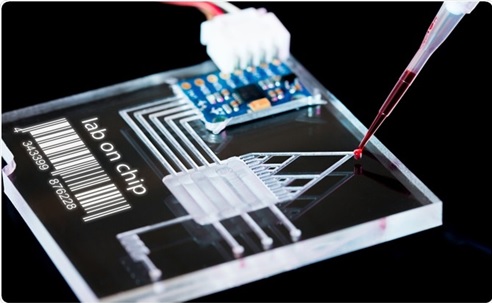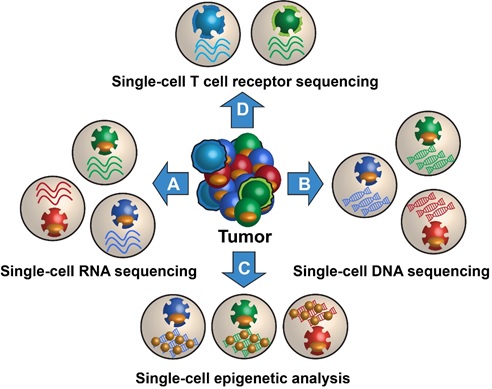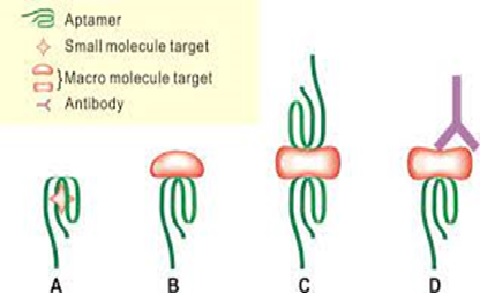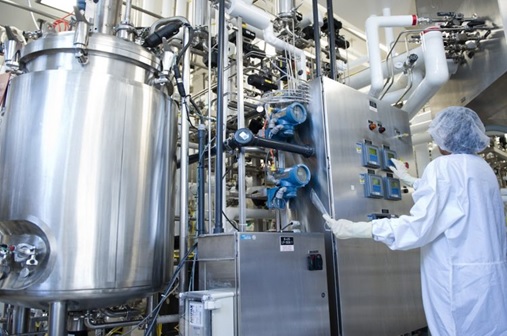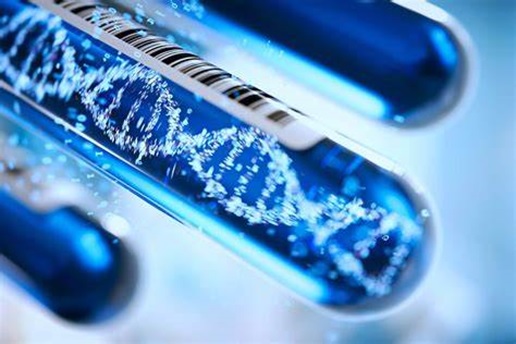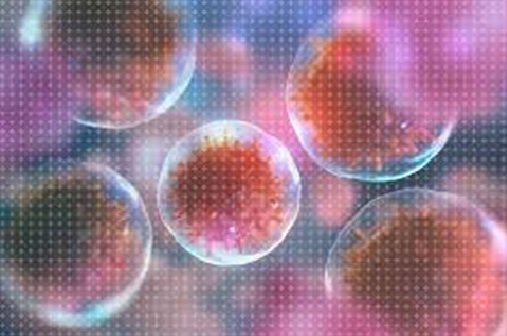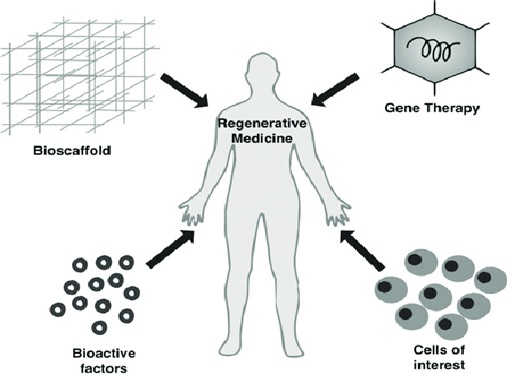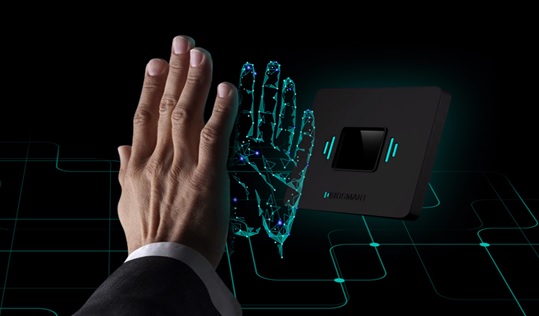The DNA- Barcode Analysis
DNA is one of the most important elements in the human body because it contains every genetic information of an individual. Deoxyribonucleic acid, which is what is DNA, is the hereditary material in almost all the figure 1 shows below living organisms in the world.

Figure 1: DNA Barcode
DNA barcoding caught the attention of scientists in 2003, when researchers at the University of Guelph in Ontario, Canada, [1] presented this project for the first time. The group of Paul Hebert published a paper called biological identifications through DNA barcodes, in which they proposed this new and modern system of identifying and discovering species.
Then, the DNA barcode sequences from these samples are extracted and analyzed in laboratories, then run through the database and, finally, examined and identified by finding the closest matching reference record. As you can see, DNA barcoding is not that complicated, but there is no doubt that it is extremely useful.
The ultimate goal of DNA barcoding is to build a publicly accessible reference database with species-specific DNA barcode [2] sequences. DNA barcoding is particularly effective to identify species-rich groups, cryptic species complexes, specific developmental stages An established DNA barcode reference library offers even non-specialists a rapid, reliable and cost-effective tool for.species identification with various applications.
Extracting DNA from the sample specimen
In most cases, only a small amount of sample material (1–3 mm3 – about the size of a match head) is required for DNA barcoding. The way the DNA is extracted depends on the source of the sample material and how old it is.
Copying the DNA
DNA is amplified using polymerase chain reaction (PCR). This increases the number of copies. Primers are used to amplify a specific region of the CO1 DNA barcoding gene
DNA sequencing
The DNA fragments from PCR are cleaned to remove buffer salts or protein contaminants and then sequenced. This sequence produces a DNA barcode that is specific to the sample specimen. Find out more about DNA sequencing.
Comparing DNA barcodes
The newly sequenced DNA barcode is compared with barcodes from known species. This is done by entering the sequence into databases like GenBank, EMBL or the Barcode of Life Database (BOLD) and checking against their records.
DNA BARCODE system is intended for precision biology through immunofluorescence and in situ sequencing reveals tumor heterogeneity at the molecular level. This technique is designed for Barcode oligonucleotide ligated on RNA amplified for multiplex and parallel in situ analysis of mRNA.
Advantages of DNA- Barcode
- Spatial profiling of gene expression patterns in cells of a given tissue [3]
- Can provide intricate molecular maps
- Allowing quantification of transcripts and understanding of cellular function in tumor microenvironment.
- Can detect 100 genes at a time
- Antibody conjugated DNA Barcode with fluorescent can use 10-14 times cyclic in same FFPE
References:
- https://whatisdna.net/wiki/what-is-dna-barcoding/
- https://www.bolgermany.de/wp/home/dna-barcoding/what-is-dna-barcoding/
- http://precisionbiology.biogenex.com/wp-content/uploads/2021/09/1.DNA-BARCODE-SYSTEM_flyer.pdf
Cite this article:
Nandhinidwaraka.S (2021) The DNA- Barcode Analyis, AnaTechMaz, pp. 21



